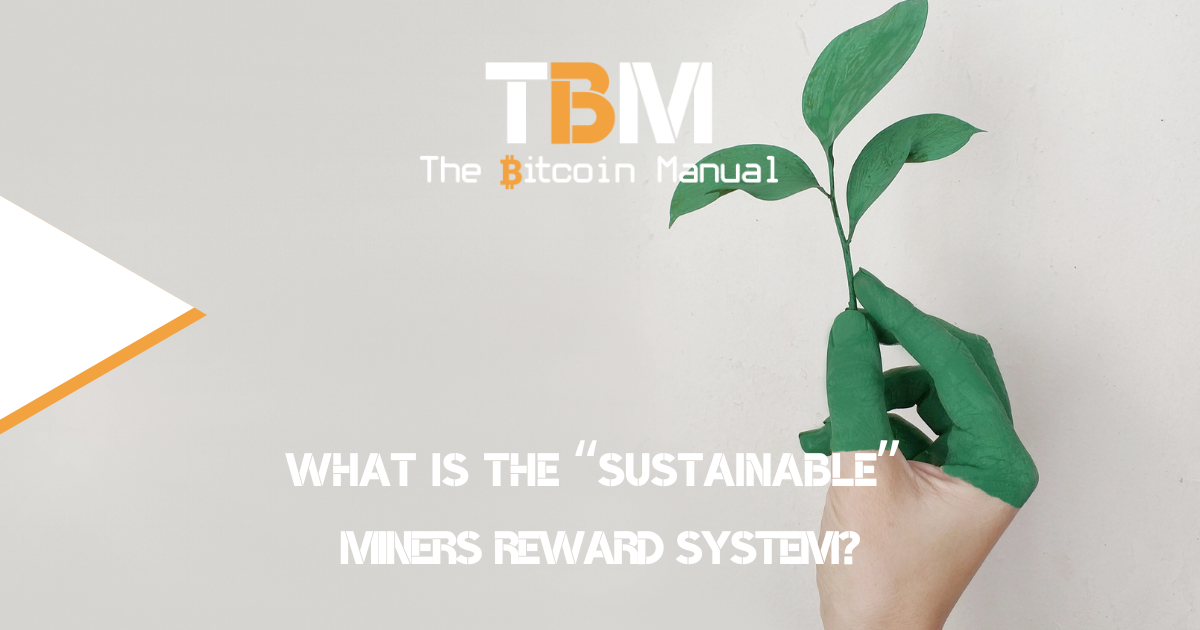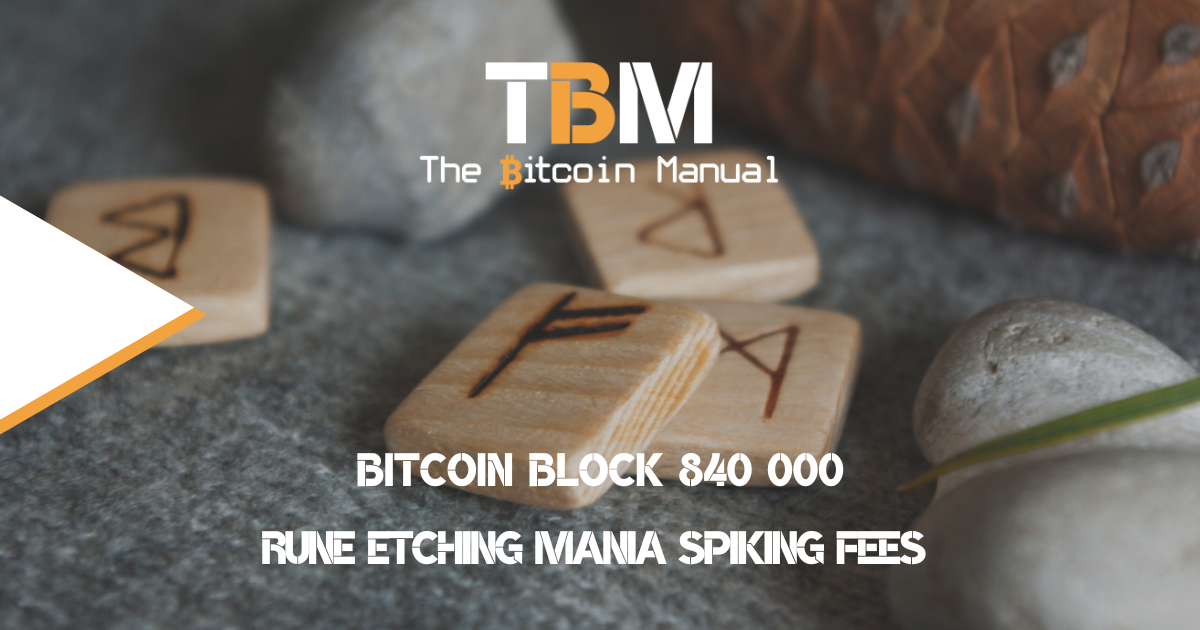Every time a revolutionary discovery is made, you will find opportunists trying to create cheap knock-offs that prey on unsuspecting consumers and bitcoin is no different. While the bitcoin network aims to bring back a hard money standard and give everyone the chance to save money without custodial risk, you have detractors that want to funnel that demand for savings into their pockets.
Every token created relies on bashing bitcoin and claiming they have a unique improvement on bitcoin. They will make promises around the underlying technology that it is faster than bitcoin; it uses less energy than bitcoin, it has more features than bitcoin, and if you want exposure to this superior network, you need to own this token.
You’re sold on the idea that you’re getting in early, you’re a visionary, and once proven right, and this network flips bitcoin, you’ll be in the pound seat, and this intoxicating narrative preys on our ego and greed.
While you’re wrapped up in the talk of the unique selling point and the positive aspects, these projects don’t tell you the concessions made to achieve this improvement. In all cases, it is the sacrifice of decentralisation and security; aspects bitcoin refuses to skimp on.
Eventually, these trade-offs prove to be the wrong decision; the project fails to deliver on its promises and loses ground to bitcoin and those who held the token are left stranded as demand dries up. It’s a cycle that is doomed to repeat itself over and over for years to come.
So if the theory continues to play out, why is it that venture capital has an endless appetite for funding new token projects? Well, it all revolves around the tokens solving a problem these VCs have had to deal with, and that is “time to liquidity”.
The blockchain will leave you spare changed
The token economy is in full swing, and venture capital is on the front lines; every month, there seems to be a new “blockchain” or tokens on offer and all targeting some obscure niche or living on some bold claim they have yet to prove they can solve.
Blockchain projects make a lot of noise and attract attention; few, if any, have real product market fit and a reliable customer base that would keep it running once the runway dries up. While different in technology implementation, target market, narrative and branding, all these flashy projects are some variation of the underpants stealing gnomes.
- Step 1: Collect VC funding
- Step 2:
- Step 3: Profit
In this current state of tokenisation, the token only has to represent a possible future. It does not have to deliver. It does not need customers. It does not need product market fit. All it needs is to be listed on an exchange where the public can buy it and a good story on why the public should purchase said token.
The limitations of venture capital
The typical contracting model between a fund and its limited partners is a lock-up from capital call until a liquidity event. This lock-up makes sense because the fund’s assets — investments in startups, for example — are illiquid and therefore fulfilling redemptions would be extremely costly to the fund. Hence, they pass the illiquid nature of the investment on to the LPs.
In the usual venture cycle, you would have to find deals and hope that those companies continue to grow and that you can dilute your positions as larger funds come in to get exposure to the growing business. You either sell to another sophisticated investor who has sized this risk appropriately, or you eventually exit in an IPO, which comes with a longer time period and a host of regulatory headaches.
The path to profitability in venture funding is filled with failures and requires a long time horizon as you hope that your bets on illiquid private equity eventually get unlocked. But this illiquidity is obviously not ideal for either the fund or its investors, and that has all changed with the introduction of the token economy.
We’re now in the middle of the boom of venture funding while creating vapourware in the process.
Short time to liquidity
So if these tokens aren’t solving real-world problems for customers, why are they so prominent? Well, they offer VC funds a new mechanism to raise capital and maintain control of the investor base. The impact these projects have to make for venture capital to profit off their initial investment is marginal and thus becomes an attractive investment.
The incentive is to spin up as many of these digital token projects as possible and, once live, get them listed on as many exchanges as possible. Once that foundation is laid, the company/project advertises to a user base who now require the token to use the service or “invest” in the project and who is supplying those coins?
The venture firms, of course, receive a healthy allocation for seeding the project. As demand for the token is established, the VC sell out on a massive multiple and is in the clear.
They’ve made a profit without even having to deliver a product that proves it will be around in a year or more. No need to build a good business that has a customer base that generates cash flows and generates productivity in the economy. It’s now all about accounting trickery and getting in at the lowest cost basis possible before you ship out your unregulated security on the open market.
Retail is the exit liquidity
Instead of building a business and a product or service that meets market shortcomings, you now simply sell a narrative. These venture-funded tokens rely on a three-pronged strategy to convince you that parting with your savings and avoiding bitcoin for their centrally controlled supply of private money is the better option.
- These token creators rely on the fact that this is an emerging technology that operates in a regulatory grey area.
- They rely on their targets being too busy to research claims made by these projects.
- They rely on targets being too naive to understand or purposely complicate the product, so you ask fewer questions but believe in the marketing narrative.
Instead of competing with other sophisticated investors, these token backing funds can now access the public markets and dump on the overage person. Sure some people are investing what they can afford to lose on these tokens, but there are plenty of people who are completely sold on these ideas and sink their last bit of capital hoping for a moonshot.
This misalignment of incentives means venture capital can be as short-sighted as possible and encourage founders to ship hollow products with a token attached. As long as venture capital can have open access to public markets via tokenisation, you can be sure that this cycle will continue to repeat.
Share your sob story
Have you been exit liquidity for seed investors, founders and venture funds? Which project caught you off-guard and why? How did you eventually realise that these projects would not outcompete bitcoin? Let us know in the comments below; we’re always keen to hear about your experiences and learn from one another.




